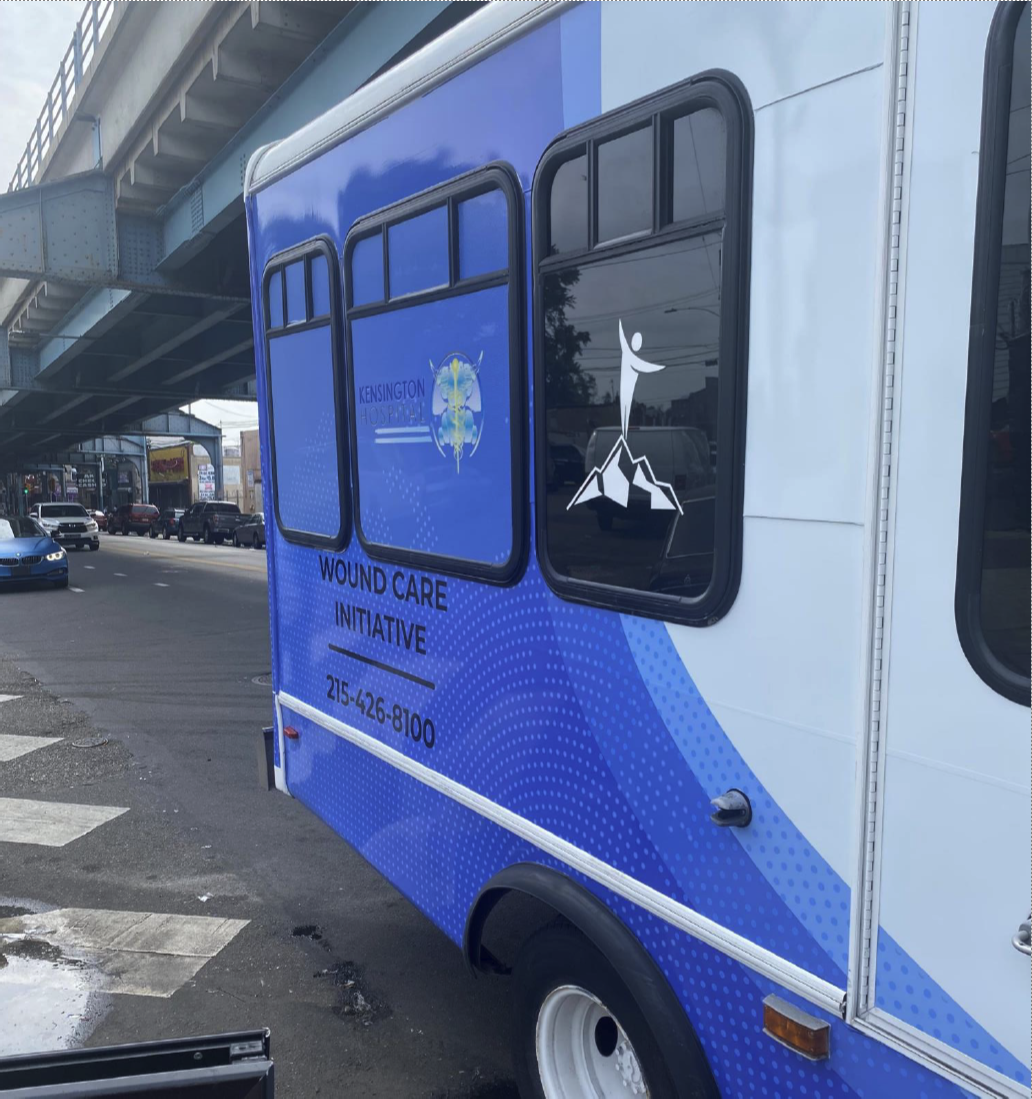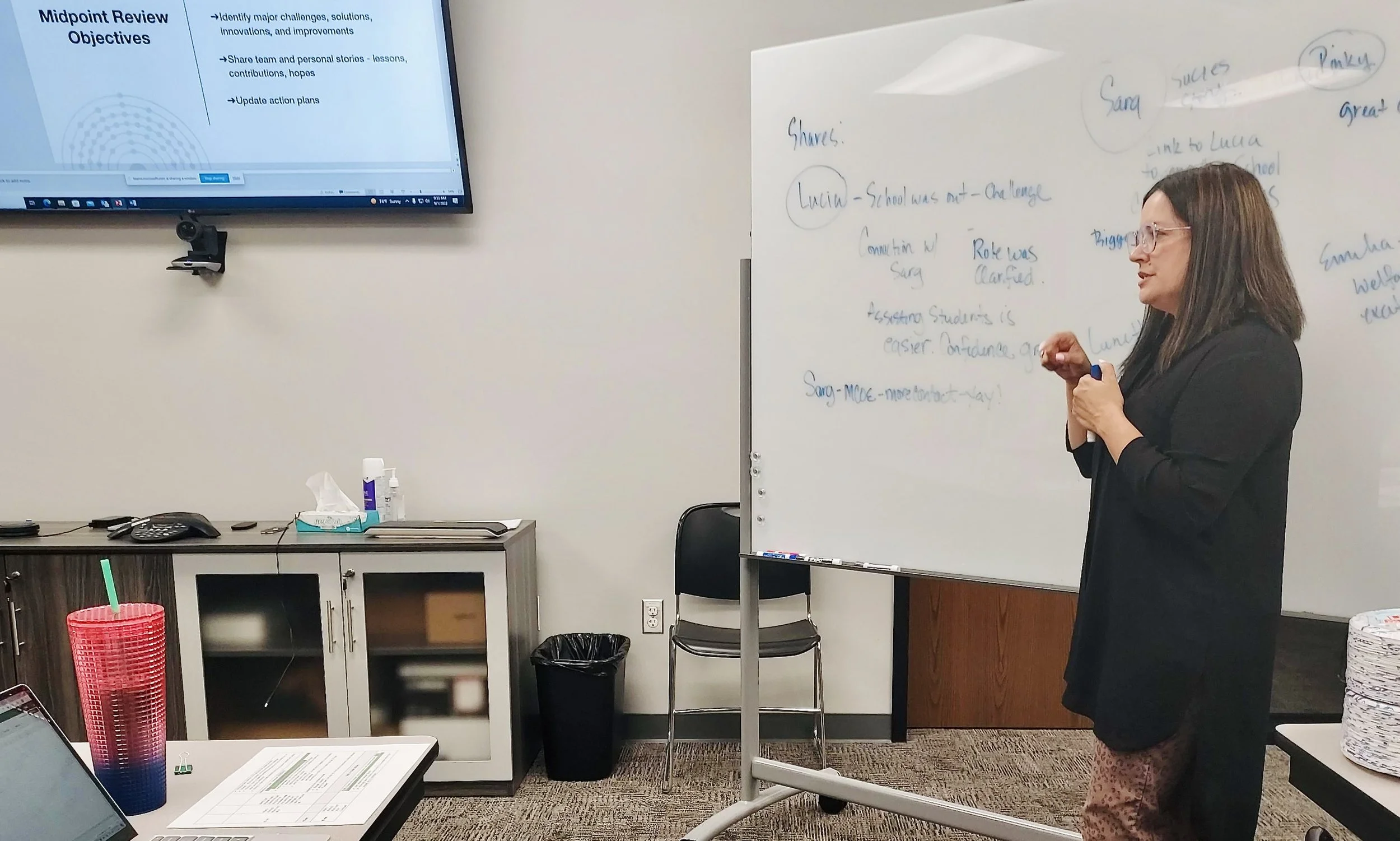The 100,000 Homes Campaign
Housing 101,628 chronically homeless individuals
The 100,000 Homes Campaign achieved a significant milestone in this country’s fight to end homelessness. Yes, homelessness can be ended!
Not only is it the ‘right thing’ to do. It is also an economic imperative for each community and for the country as whole. 100,000 homeless individuals housed generate a net savings of roughly $1.3 billion, each year.
At the milestone celebration in Capitol Hill on June 11, the 100,000th person housed spoke about his experience. His message was clear. Homelessness could happen to any of us. Alvin Hill is one of the 31,171 veterans that were housed as part of the Campaign. It is unimaginable – 31% of the chronically homeless individuals on the streets of the nation are war veterans!
Laura Zeilinger, the head of the US Interagency Council on Homelessness made it clear that the Campaign’s message of hope and confidence is being matched by the Administration’s unwavering commitment to fund the war on Veteran homelessness – one of the rare spots of bi-partisan collaboration.
Other inspiring speakers at the Campaign’s celebration included Lisa Pape of the Veteran’s Administration, Jennifer Ho of HUD, Fred Wacker of the Home Depot Foundation, and Todd Bowers of JP Morgan Chase. Their comments converged on one theme: “We have come this far. Ending homelessness is within reach. We know what it takes to do it. Let’s get the job done…”
Becky Kanis, the leader of the Campaign, a Veteran and a national hero in the fight against homelessness chocked up as she reflected on some of the 100,000 lives that had been put back together over the past four years. Lives that had been shattered into pieces, often over decades of neglect and hopelessness… Lives reconstructed in months, with grace and dignity.
Becky and her team created a profound shift in the sector. Homeless people are no longer just a statistic. Each is a person with a name and a story. They are a neighbor and a brother and a sister… “Knowing every one by name” was the first innovation that the Campaign introduced to the sector. Who would have thought that Cheers could teach us something about solving homelessness?
Since that first insight, the Campaign team pioneered many shifts and innovations that made their success possible. We at the Rapid Results Institute thank lady luck – with a small assist from Tina Rosenberg of The New York Times – for the opportunity to contribute to one of these shifts: engaging Campaign communities in committing themselves to unreasonable (yes Unreasonable) 100-day goals, and helping them innovate their way to achieving these.
Two years into the Campaign, one of Becky’s colleagues brought to her attention an article in The New York Times about Rapid Results work – Making Change Happen, on a Deadline – in Sub-Saharan Africa. Soon after that, I received an email – all in CAPS – from a certain Becky Kanis: “Hey Nadim – this 100-day method you guys do in Africa is really cool. We need it here in the US to fight chronic homelessness. When can we talk?”
That email led to the most amazing partnership that my team and I experienced. Together with a Campaign team led by the amazing Beth Sandor, we designed the Rapid Results Housing Boot Camps, which we initially deployed in 13 US cities. The aim of these Boot Camps was to help these communities accelerate the pace of housing chronically homeless Veterans using highly flexible and targeted resources (HUD VASH vouchers) that the VA and HUD made available for this purpose. The Campaign/Institute partnership, and the powerful results that were achieved in the 13 cities, were featured by Tina Rosenberg in her Fixes column inThe New York Times.
These initial Boot Camps got underway in May 2012. Leaders at the Federal level from HUD, VA, and USICH participated in these. But the heavy lifting was done by community teams, often caseworkers, who made their 100-day commitments and redesigned their work flow to achieve these.
When HUD leaders began to experience the power of engaging communities in this new way, they asked the Campaign and the Institute to engage more cities, and to broaden the focus to include all the assets of the Communities, not just the HUD VASH vouchers. In 2013, the Campaign and the Institute co-led 6 more Rapid Results Boot Camps, engaging more than 45 cities. Teams focused on placement rate acceleration, with the aim of ramping up to the monthly placement rate that would end homelessness in each community by 2015. This wave of Boot Camps was supported by data that showed each community what its placement patterns were in the past and the performance pace it needed in order to end homelessness.
This spurred participating communities to collaborate and compete in new ways. Teams began to challenge each other about crossing the finish line first. And senior leaders from HUD, the VA, and USICH fueled the competition through carefully choreographed participation throughout the 100-day journeys.
Communities participating in these Boot Camps more than doubled their average monthly placement rates (average lift of 124%) in their first 100-day journeys, while intensifying their focus on housing the most vulnerable clients – the ones who are hardest to serve. Some communities, like Nashville and Charlotte, tripled and even quadrupled their placement rates. One of the community leaders in Nashville, Will Connelly, described the experience of leading Nashville’s 100-day team as follows:
“It was a trip. At the start, we had no clue how we would achieve the 100-day goal we had set. But we were convinced that we would be able do it anyway. It became real when we convened all the major stakeholders and told them what we had committed to. We asked for donations. And we raised $35,000 in the first 5 minutes! We knew that there was no turning back at that point.”
By the end of 2013, Phoenix and Salt Lake City announced that they ended homelessness for chronically homeless Veterans in their communities, one year ahead of the national target date!
The net result of these accelerated efforts lifted expectations and aspirations in every community – even the ones that did not participate in these Rapid Results Boot Camps. And the housing placement numbers reported by communities participating in the Campaign ramped up from 25,000 in May of 2012 to 50,000 in May 2013, and then shot up to 101,628 by June 11, 2014.
Apart from the satisfaction of contributing to this deeply impactful effort, our team is grateful to lady luck, and to Tina Rosenberg, for creating the opportunity to travel down this path with the Campaign team: learning with them, having fun, and co-creating a better future with more than 50 of their communities – all across the country.
We are now working with the Campaign team and Atlas Consulting to help communities across the country build coordinated systems for assessment and housing placement – using the Rapid Results Approach. After successfully pioneering this work with the amazing Leadership and Community teams in Los Angeles, federal partners, led by the VA, are sponsoring this effort across 25 of the largest cities in the US.
We look forward to the next phase of our collaboration with the Campaign – with more impact, more learning, and more fun.

















